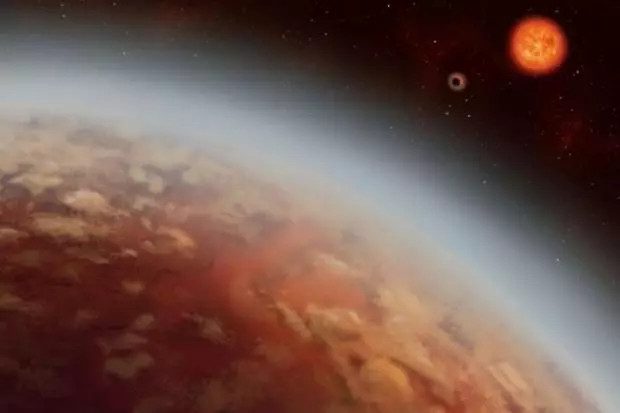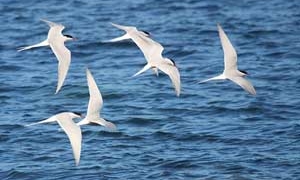A exoplanet located 111 light-years away may be a larger version of Earth with conditions suitable for life.
According to Sci-News, the James Webb Space Telescope recently discovered two extremely important elements: carbon dioxide (CO2) and methane (CH4) in the atmosphere of K2-18b, which are considered “signs of potential life” that astronomers have long hoped to find in exoplanets.
This is the first time a planet in the “Goldilocks Zone” of a star has been found to have an atmosphere that could support life. The “Goldilocks Zone” refers to the region around a star where temperatures are neither too hot nor too cold for water to exist in liquid form.
“This is the first planet that could support life with temperate conditions, and now we know there is water,” said Angelo Tsiaras, an astronomer at University College London, in an interview with the Guardian.
A new study by astronomers from the University of Texas, Scarborough, and the University of Montreal, Canada, was conducted using data from the European Southern Observatory (ESO). They also discovered for the first time that K2-18b has a neighboring planet named K2-18c. Both planets orbit the red dwarf star K2-18, which is 111 light-years away in the Leo constellation.

Exoplanet K2-18b orbits its host star along with a neighboring planet. (Photo: NASA).
This planet orbits its parent star every 22 days at a distance of 0.15 AU (astronomical units, where 1 AU is the distance from the Sun to Earth), accompanied by a companion planet that is 7.5 times larger than Earth, named K2-18c, which may be too hot to support life.
The moderate distance from its cool parent star compared to the Sun allows K2-18b to receive light approximately 1.28 times that of Earth and have an average temperature of minus 2 degrees Celsius.
Another “golden discovery” is the presence of dimethyl sulfide (CH₃)₂S, a compound that on Earth can only be produced by living organisms.
In the new study, astronomer Shang-Min Tsai from the University of California, Riverside, and colleagues suggested that the signal for dimethyl sulfide might be a mistake.
Based on computer models explaining the physical and chemical properties of dimethyl sulfide, as well as the hydrogen-rich atmosphere of K2-18b, the researchers found that the James Webb data likely does not indicate the presence of this gas.

View of the oceanic super-Earth K2-18b – (Graphic: Shang-Min Tsai/UCR)
The signal for dimethyl sulfide overlaps significantly with that of methane. Tsai believes that current instruments on the telescope cannot distinguish between these two gases.
Of course, methane is also a sign of potential life, but it is a weaker indicator, and we still need dimethyl sulfide, which can only be produced by living organisms.
Thus, the new research brings disappointing news in the effort to determine the habitability of this oceanic super-Earth.
Nevertheless, there is still hope for next year: James Webb will be equipped with a more advanced infrared observation device, allowing it to “see” exoplanet atmospheres more clearly, including the ability to identify dimethyl sulfide distinctly.




















































